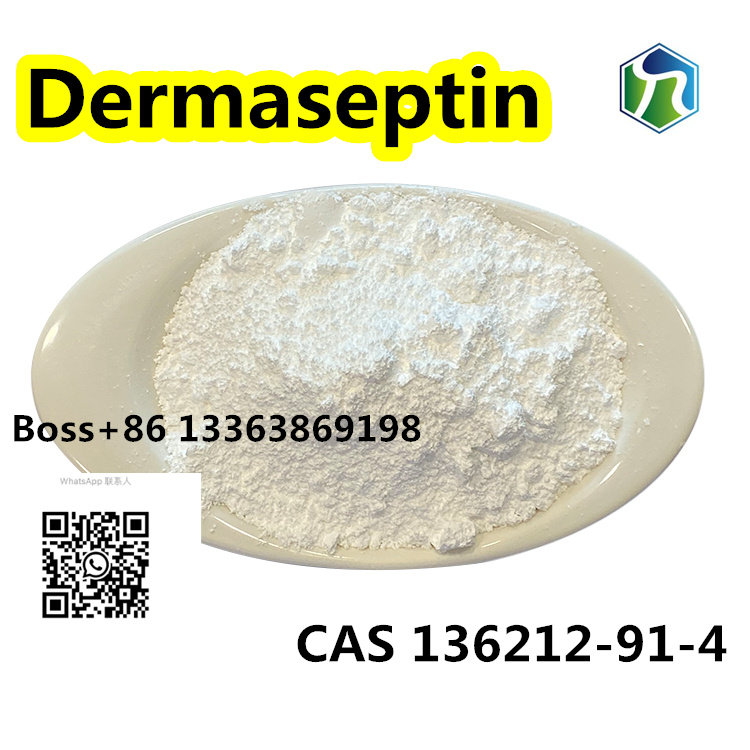
- +86-13363869198
- weimiaohb@126.com

Dis . 11, 2024 10:00 Back to list
Synthesis and Applications of Tosyl Chloride in Organic Chemistry
Understanding Tosyl Chloride A Key Reagent in Organic Synthesis
Tosyl chloride, also known as p-toluenesulfonyl chloride, is an important organic compound with the chemical formula C7H7ClO2S. With a CAS number of 98-59-9, tosyl chloride is widely used in the field of organic chemistry, especially in the synthesis of various compounds and in the protection of functional groups. This article will provide a comprehensive overview of tosyl chloride, its properties, applications, and safety considerations.
Chemical Properties
Tosyl chloride is a colorless to pale yellow crystalline solid that is highly soluble in polar organic solvents such as dichloromethane and acetone. It has a boiling point of 250 °C and a melting point of 24 °C. The compound is characterized by its sulfonyl (–SO2) functional group, which is attached to a toluene moiety, making it a good electrophile. This property enables tosyl chloride to undergo various reactions, including nucleophilic substitutions.
Synthesis
Tosyl chloride is typically synthesized by the reaction of toluene with chlorosulfonic acid (ClSO3H). This process involves the chlorination of the sulfonyl group, resulting in the formation of tosyl chloride. The reaction can be represented as follows
\[ \text{C}_6\text{H}_5\text{CH}_3 + \text{ClSO}_3\text{H} \rightarrow \text{C}_6\text{H}_5\text{CH}_3\text{SO}_2\text{Cl} + \text{HCl} \]
This efficient synthesis route is one of the reasons for the widespread use of tosyl chloride in laboratories.
Applications
Tosyl chloride serves several vital functions in organic synthesis
tosyl chloride cas 98-59-9

1. Facilitating Nucleophilic Substitution Reactions Tosyl chloride is frequently used to convert alcohols into better leaving groups (tosylates) for nucleophilic substitution reactions. By reacting an alcohol with tosyl chloride in the presence of a base, the alcohol is transformed into a tosylate, which is a more reactive intermediate.
2. Protecting Functional Groups In multi-step organic synthesis, it is often necessary to protect reactive functional groups from unwanted reactions. Tosyl chloride can be used to protect alcohols and amines. This allows chemists to carry out reactions selectively on other parts of the molecule without affecting the functional groups that have been protected.
3. Synthesis of Sulfonamides Tosyl chloride can be used to synthesize sulfonamides. The interaction of tosyl chloride with amines can lead to the formation of sulfonamide compounds, which are valuable in pharmaceuticals.
4. Formation of Chiral Centers In asymmetric synthesis, tosyl chloride can be utilized to generate chiral intermediates, thus contributing to the production of enantiomerically pure compounds that are crucial in drug development.
Safety Considerations
Despite its usefulness, it is essential to handle tosyl chloride with care. The compound is corrosive and can cause severe skin burns and respiratory irritation. Proper personal protective equipment (PPE) should be worn, including gloves and safety goggles, when working with tosyl chloride. Its vapors can be harmful; thus, the use of a fume hood is recommended during handling to minimize exposure.
In case of contact with skin or eyes, it is vital to wash the area immediately with plenty of water and seek medical attention if irritation persists. Furthermore, proper waste disposal methods must be followed to mitigate environmental impact.
Conclusion
Tosyl chloride is an indispensable reagent in organic chemistry, renowned for its ability to facilitate various synthetic transformations. Its applications in converting alcohols into better leaving groups, protecting functional groups, and synthesizing sulfonamides highlight its versatility. However, the safe handling of this compound is crucial to avoid potential hazards. As research continues, tosyl chloride will likely remain a key player in the advancement of organic synthesis methodologies.
-
GS-441524 for White Liquid Factories: Boost Efficiency & Purity
NewsAug.04,2025
-
Premium Pharma Intermediates | AI-Optimized Synthesis
NewsAug.03,2025
-
GS-441524 White Liquid Production for Factories | AI-Optimized
NewsAug.02,2025
-
AI-Optimized CAS: 79099-07-3 Factories for High Yield
NewsAug.01,2025
-
Pharmaceutical Intermediates - AI-Optimized Synthesis & Purity
NewsJul.31,2025
-
Top CAS: 79099-07-3 Factories & Wholesale Supplier from China
NewsJul.30,2025